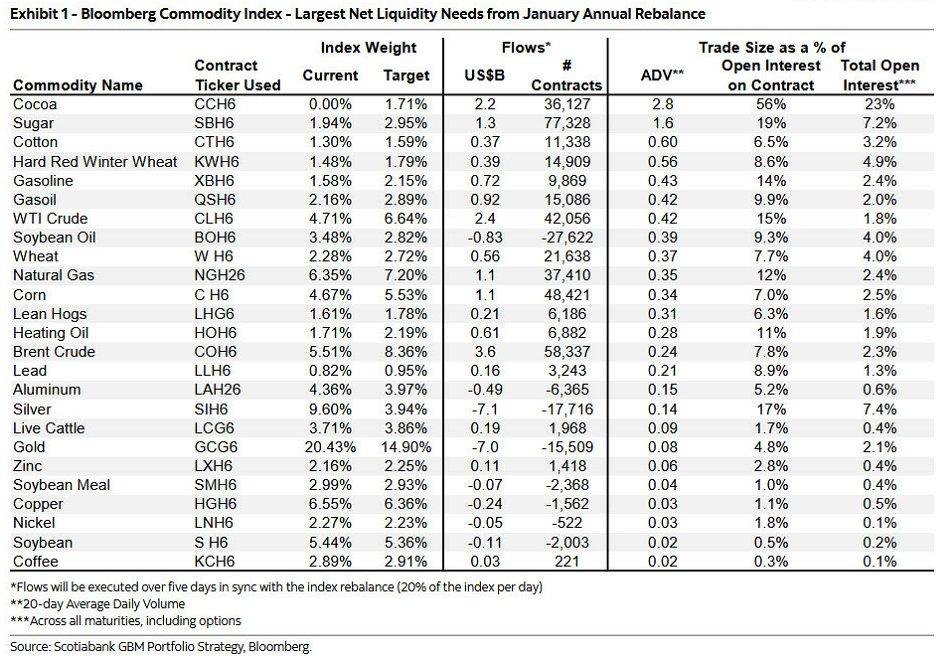Various justifications have been advanced by those removing or destroying Confederate monuments to explain why they deem it necessary to dismantle the Confederate heritage. For example, the memorial to Zebulon Vance in Asheville, North Carolina was demolished on grounds that it was “a painful symbol of racism.” In the tumult surrounding the Black Lives Matter riots, “168 Confederate symbols were removed across the United States.” In 2020 the Mississippi flag was changed to replace the Confederate “stars and bars” with a new symbol of a magnolia flower:
[Governor Tate Reeves] signed into law a measure that removes the flag that has flown over the state for 126 years and been at the heart of a conflict Mississippi has grappled with for generations: how to view a legacy that traces to the Civil War.
More recently, in February 2024 Mississippi legislators resolved to replace Confederate monuments on grounds that they “honor the legacy of two slave owners who actively worked to maintain the white power structure of their day.”
The question that arises is whether the justifications for erasing Confederate history from public view are coherent, and whether the reasons advanced have sufficient moral clarity. This question is important because, as Donald Livingston argues, “What it means to be an American, both for Americans and foreigners, is largely determined by one’s attitude toward the war to defeat Southern independence in 1861-65.” Livingston argues that,
the 1860 dismemberment of the Union by peaceful secession was morally sound, and that the North’s invasion to prevent secession and to create a consolidated American state was morally unsound... Secession is not always justified, but, for libertarians, it is presumed morally justified unless compelling reasons to the contrary exist.
What compelling reasons to the contrary exist? The reason usually offered is that slavery is wrong. It is of course true that slavery is wrong. No man can own another. But this does not address the issue in contention regarding destruction of Confederate memorials, as the institution of slavery was not confined to Confederate states. Livingston shows that this institution was a feature of the United States as well as the federal Constitution. When the thirteen colonies seceded from the British Empire slavery was an inherent part of their economic, social, and legal framework.
Livingston therefore points out that “we must acknowledge that slavery was a moral stain on the seceding American colonies, all of which allowed slavery in 1776, as well as on the seceding Southern states, all of which allowed slavery in 1861.” Livingston’s point is that slavery is to be seen as a moral stain wherever it may be, not as a peculiarity of the Confederate states. Moreover, as David Gordon observes, “Lincoln said in his first inaugural address that he didn’t intend to interfere with slavery in the states where it existed and that he believed he had no constitutional power to do so.”
While the various reasons for Southern secession are deeply contested and continue to be debated, it is clear that a preoccupation with slavery, by itself, cannot answer the question of whether to preserve historic monuments—unless it is proposed to wipe out America’s entire history going back to 1776 in order to eradicate any history tainted with slavery. While this may indeed be the dark goal of the 1619 project which seeks to rewrite US history from a critical race theory perspective, that worldview is rooted in guilt, shame, and notions of collective guilt that should be rejected by all who uphold the principles of individual liberty and the presumption of innocence.
Regardless of one’s views on the justifications for the war for Southern independence, it should concern everyone that the public discourse on destroying historic monuments makes no attempt to address the underlying moral debates. Instead, it is framed superficially as a debate about what President Biden refers to as “our shared values.” Framing the battle over historic monuments as one about “our shared values” is deeply misguided, because people strongly disagree on all the relevant values in this debate. In trying to understand such a deeply contested history, there are no “shared values.”
Despite the impression often given by liberals that we are all united in our core values and all that remains is to get the facts straight, the truth is that human beings do not and cannot all share the same values. We have different priorities, different histories, different family traditions, and therefore different visions of the future. The challenge facing all sides is that they must co-exist peacefully with those with whom they strongly disagree; we must all live and let live.
Iconoclasts who destroy monuments argue that the Confederacy was against “our shared values,” but two opposing sides of a war patently do not have “shared values”—they are, by definition, at war over contested values. The truth about the war for Southern independence is, as General Forrest said in his Farewell Address on May 9, 1865, that the war “naturally engenders feelings of animosity, hatred, and revenge” on both sides. General Forrest understood the importance of peaceful co-existence even in circumstances where values differ strongly, and exhorted his men at the end of the war “to cultivate friendly feelings toward those with whom we have so long contended, and heretofore so widely, but honestly, differed.”
Legislation and the rule of law
With such sharp division of opinion today on how to remember the Confederate years, the question arises concerning the role of legislation and the rule of law in a contested national culture. In Virginia the legislative debate on protecting historic monuments has predictably devolved into a debate over slavery divided along party lines:
The Democratic-led House and Senate passed measures that would undo an existing state law that protects the monuments and instead let local governments decide their fate. The bill’s passage marks the latest turn in Virginia’s long-running debate over how its history should be told in public spaces.
The legislative debate on how to tell history in public spaces, when voters are divided on what is important about that history, has therefore arrived at an impasse. Whether the monuments stand or fall, half of the voters will feel that their history is not reflected in public spaces. As Mr. Reeves remarked when the Mississippi flag was replaced, “There are people on either side of the flag debate who may never understand the other.”
In Florida, Senate Bill 1122 the “Historic Florida Monuments and Memorials Protection Act” attempted to protect “historic monuments and memorials on public property” defined as:
...a permanent statue, marker, plaque, flag, banner, cenotaph, religious symbol, painting, seal, tombstone, or display constructed and located on public property which has been displayed for at least 25 years with the intent of being permanently displayed or perpetually maintained and which is dedicated to any persons, places, or events that were important in the past or that are in remembrance or recognition of a significant person or event in state history.
The debate over that bill stalled yet again on the question of historical grievances about slavery. Republicans who supported the bill were, predictably, accused of being racists, owing to members of the public who aired “white supremacist” opinions when supporting the bill, resulting in the bill ultimately being abandoned.
The future of the legislation appears to be uncertain after Senate President Kathleen Passidomo, R-Naples, addressed the comments that were made in Tuesday’s meeting, which she called “abhorrent behavior.”
“There are problems with the bill. More than that, there are problems in perceptions among our caucus, on all sides. So, I’m going to take that into consideration. I’m not going to bring a bill to the floor that is so abhorrent to everybody,” said Passidomo.
The public debate has erred in focusing exclusively on legacies of slavery, primarily people’s feelings of personal and racial identity. This is a fruitless platform for debate about erasing parts of history from the public realm, because historical injustice cannot be undone by destroying historic monuments. Nor will the grieving iconoclasts “feel better” about history when all the monuments are gone. Far from being mollified and appeased, they will only gear themselves up for more destruction—after the monuments fall they will move on to disputes over the flags, the songs, the stories. This is the inexorable path of destructionism.
The monument-destroyers are now attempting to portray their cause as a matter concerning civil rights: a strategy designed to go beyond monuments or specific symbols by extending to whatever else they would argue needs to be reflected in the public space for “racial justice”:
Speaking about the Truth memorial, he said, “I really think this work is about civil rights in some way that preserving this tapestry of our shared culture, pride and heritage as an act of racial justice should be viewed as a civil right.”
This is yet another example of the challenge posed to the rule of law by the civil rights revolution. The rule of law is predicated on the idea that everyone respects the law, whether they agree with it or not. For this to pertain, the law must have integrity and must be perceived by all sides to be fair. This is only possible if the law treats everyone the same. When law becomes merely a partisan instrument, a political tool to be used by the majority in any political dispute to crush their opponents, then the predominant legal principle is debased to “might makes right,” a notion unworthy of respect.
In his essay “The nationalities question” Murray Rothbard criticizes “honest Abe” for attacking the South. He argues that “since the separate states voluntarily entered the Union they should be allowed to leave,” and from that perspective it could be argued that the Confederate cause was just. The destruction of Confederate symbols illustrates the enduring importance of this debate.
 Full story here
Are you the author?
Previous post
See more for
Next post
Full story here
Are you the author?
Previous post
See more for
Next post
Tags: Featured,newsletter




































